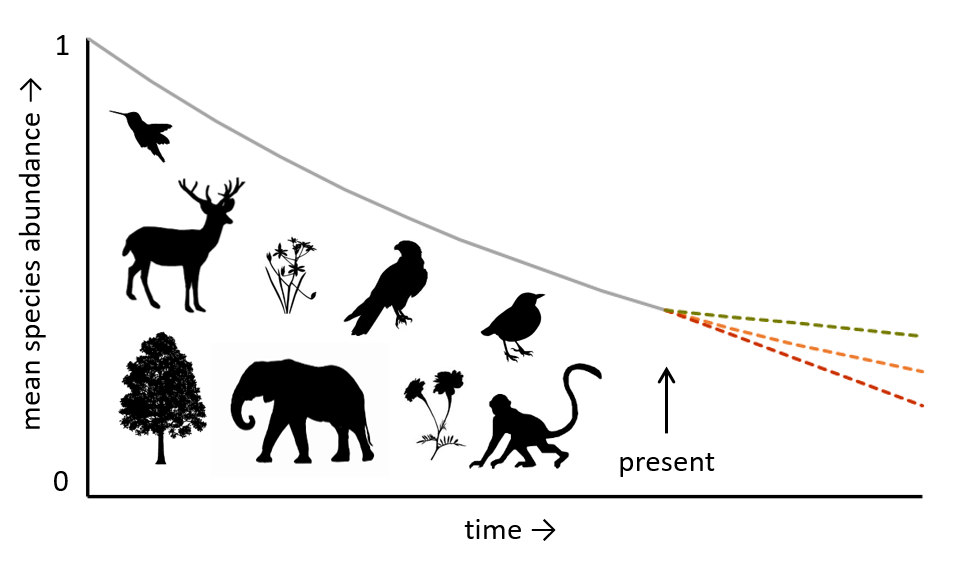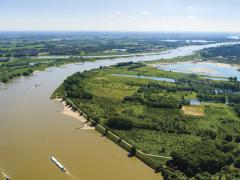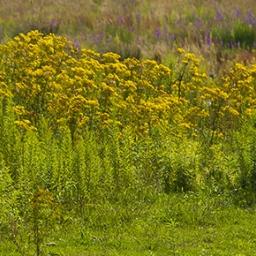Projecting terrestrial biodiversity intactness with GLOBIO 4
This study evaluates changes in terrestrial biodiversity intactness, expressed by the mean species abundance (MSA) metric, resulting from three socio-economic development scenarios from 2015 to 2050.
Global biodiversity is threatened by unprecedented and increasing anthropogenic pressures, including habitat loss and fragmentation, overexploitation, climate change and pollution. Scenario‐based biodiversity modelling is indispensable to systematically evaluate the impacts of current and future drivers and pressures on biodiversity and assess the effectiveness of possible conservation measures.

Scenarios
The scenarios were constructed by linking three of the shared socio‐economic pathways (SSPs) to three different levels of climate change according to the representative concentration pathways. This yielded three possible future worlds: an environmentally oriented future ('sustainability'), a future determined by a politically divided world ('regional rivalry') and a future with continued global dependency on fossil fuels ('fossil-fueled development').
These scenarios were analysed with an updated version of the GLOBIO model, which assesses the impacts of anthropogenic changes in the environment on biodiversity.
Continuing biodiversity declines
For the base year 2015, a global area-weighted MSA of 0.56 was calculated. In all three scenarios, biodiversity intactness declined from 2015 to 2050, although the decline was smaller in the sustainability scenario (to 0.54, −0.02) than the regional rivalry and fossil‐fueled development scenarios (declines of -0.06 and -0.05 respectively). Projected biodiversity change differed considerably among different world regions, with large future losses particularly for sub‐Saharan Africa.
In some scenario‐region combinations future biodiversity recovery was found, due to reduced demands for agricultural land. However, this recovery was counteracted by increased impacts of other pressures (notably climate change and road disturbance).
Effective measures to halt or reverse the decline of terrestrial biodiversity should not only reduce land demand (e.g. by increasing agricultural productivity and dietary changes) but also focus on reducing or mitigating the impacts of other pressures.
Authors
Specifications
- Publication title
- Projecting terrestrial biodiversity intactness with GLOBIO 4
- Publication date
- 4 November 2019
- Publication type
- Article
- Page count
- 12
- Publication language
- English
- Magazine
- Global Change Biology
- Issue
- 2019
- Product number
- 3525




